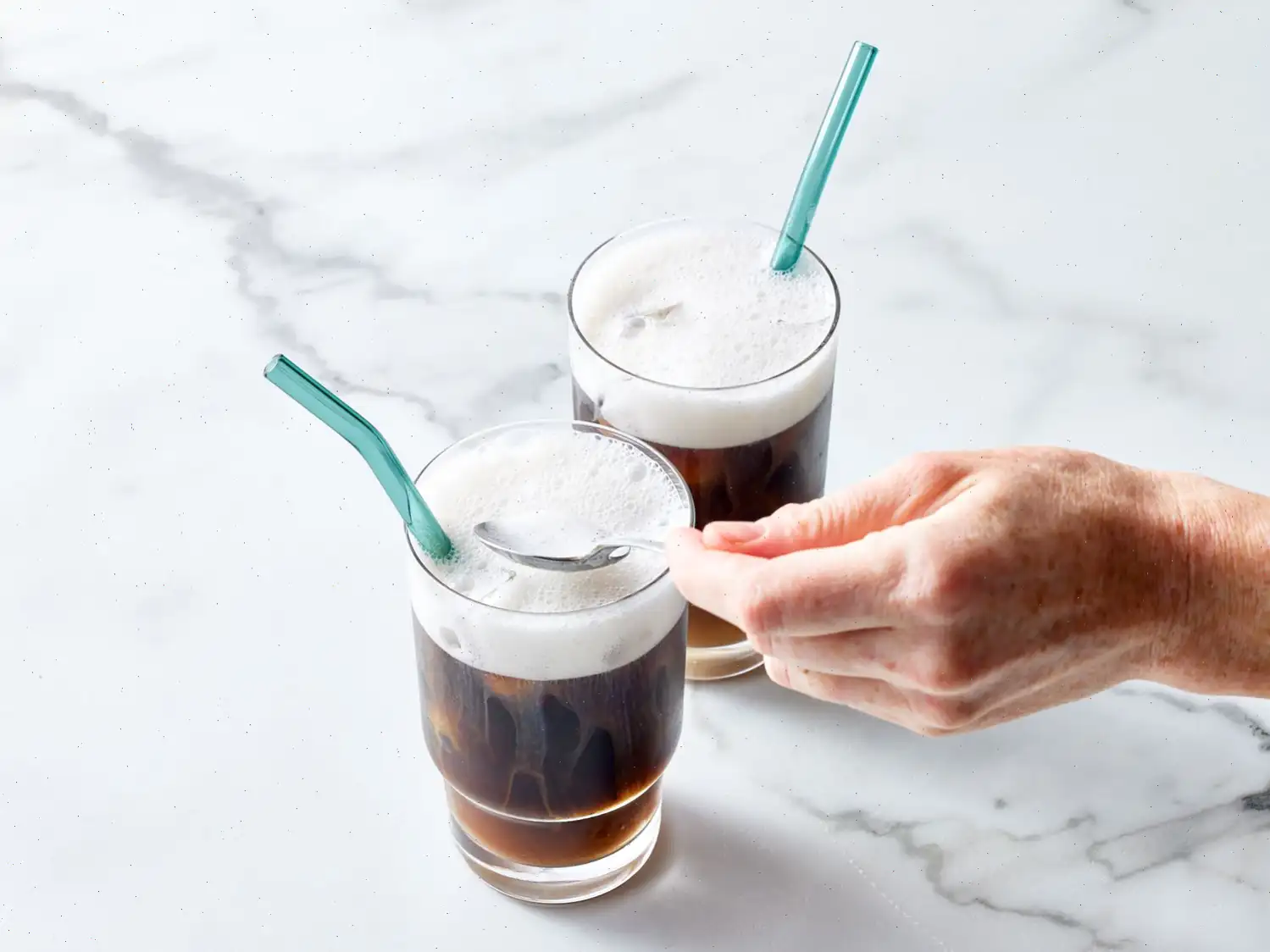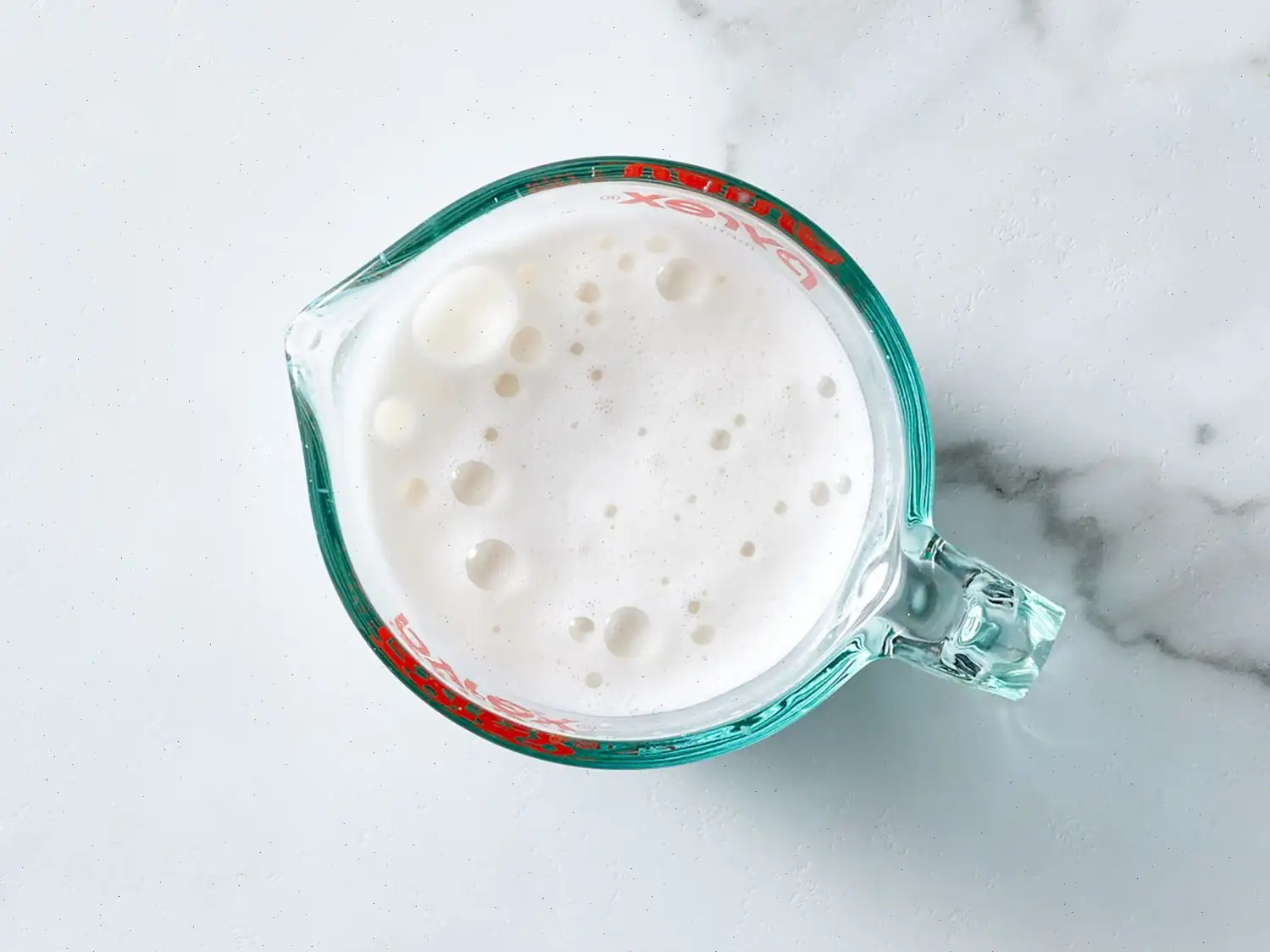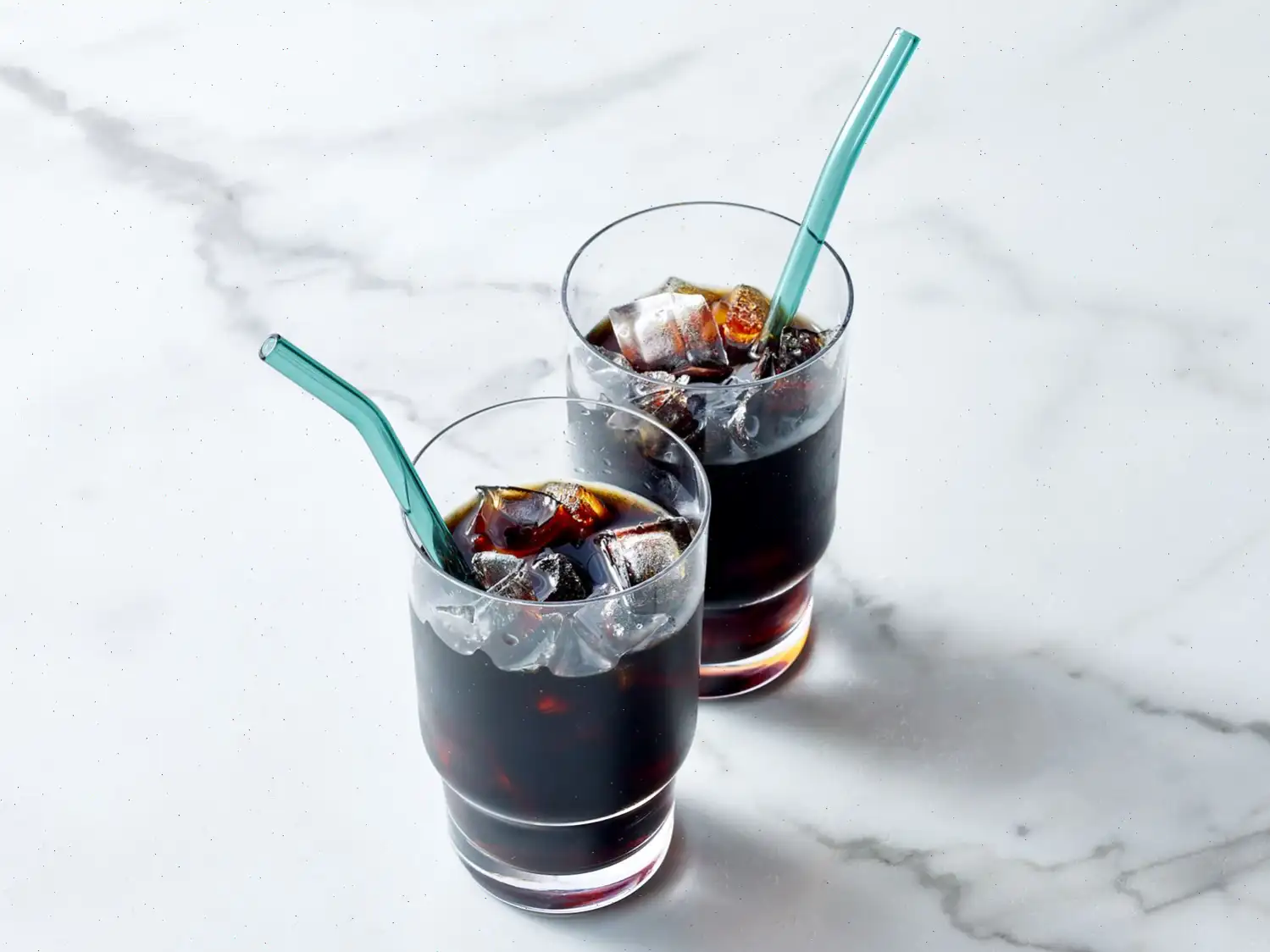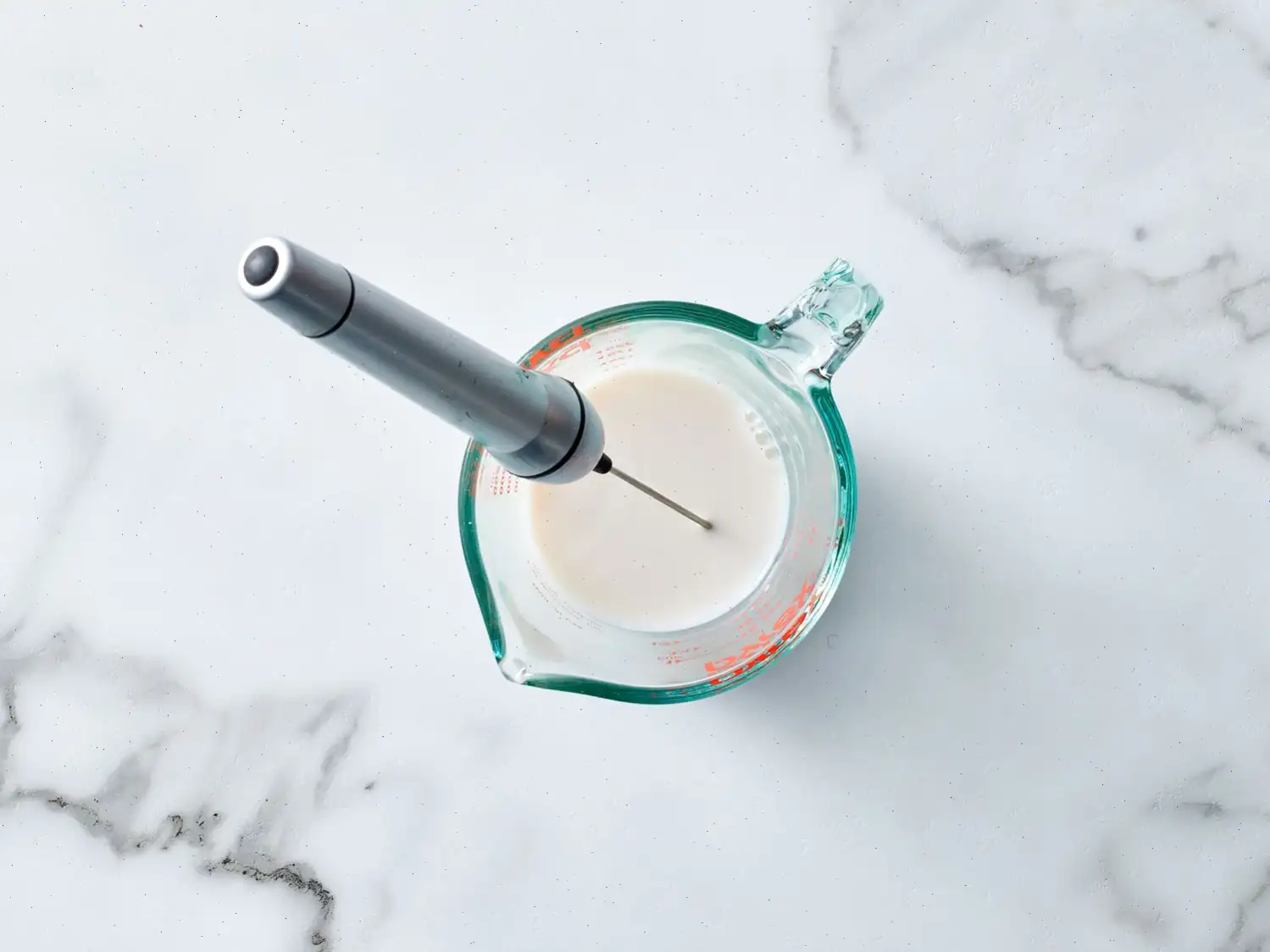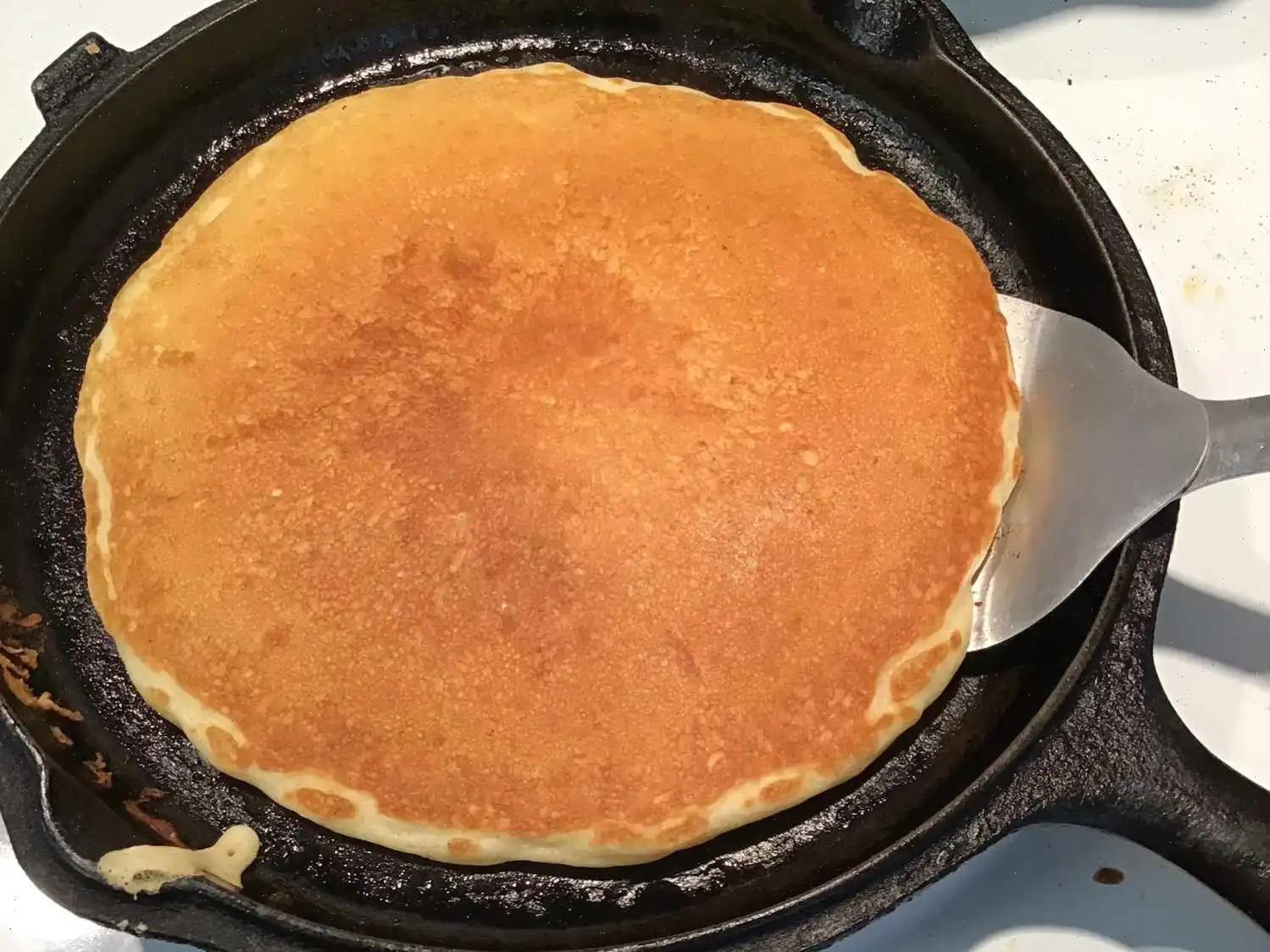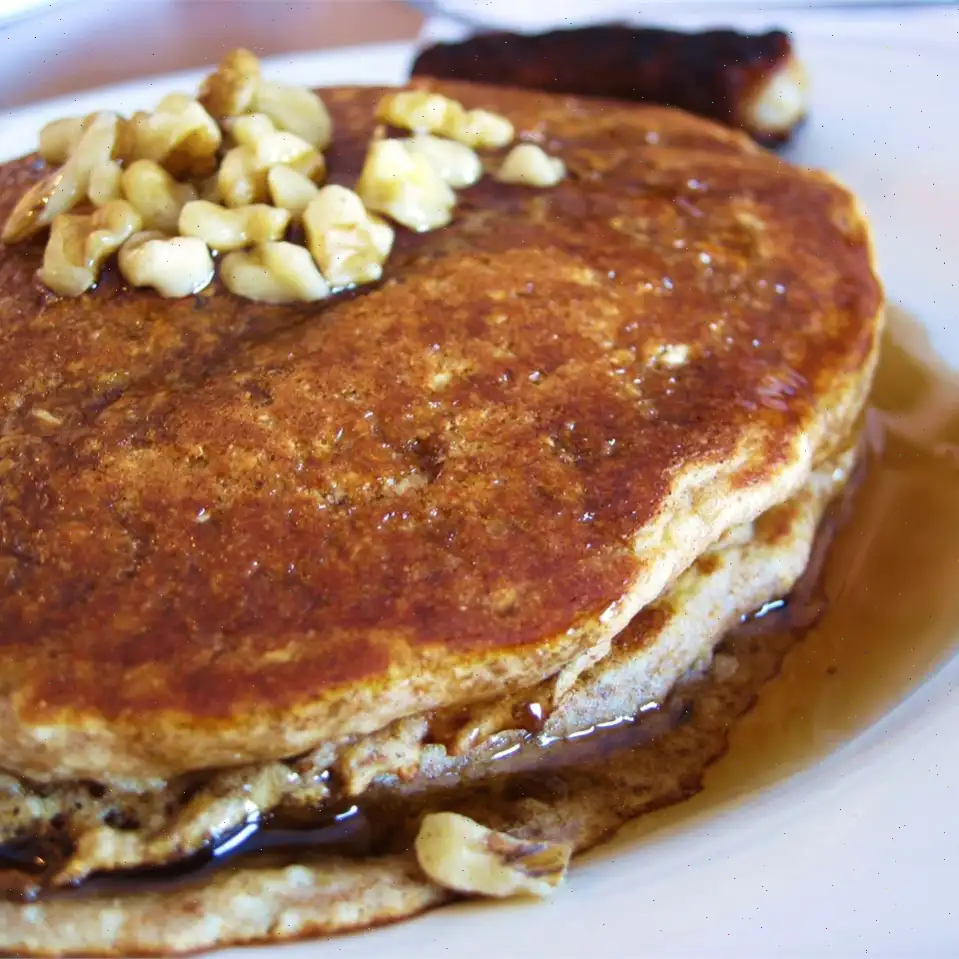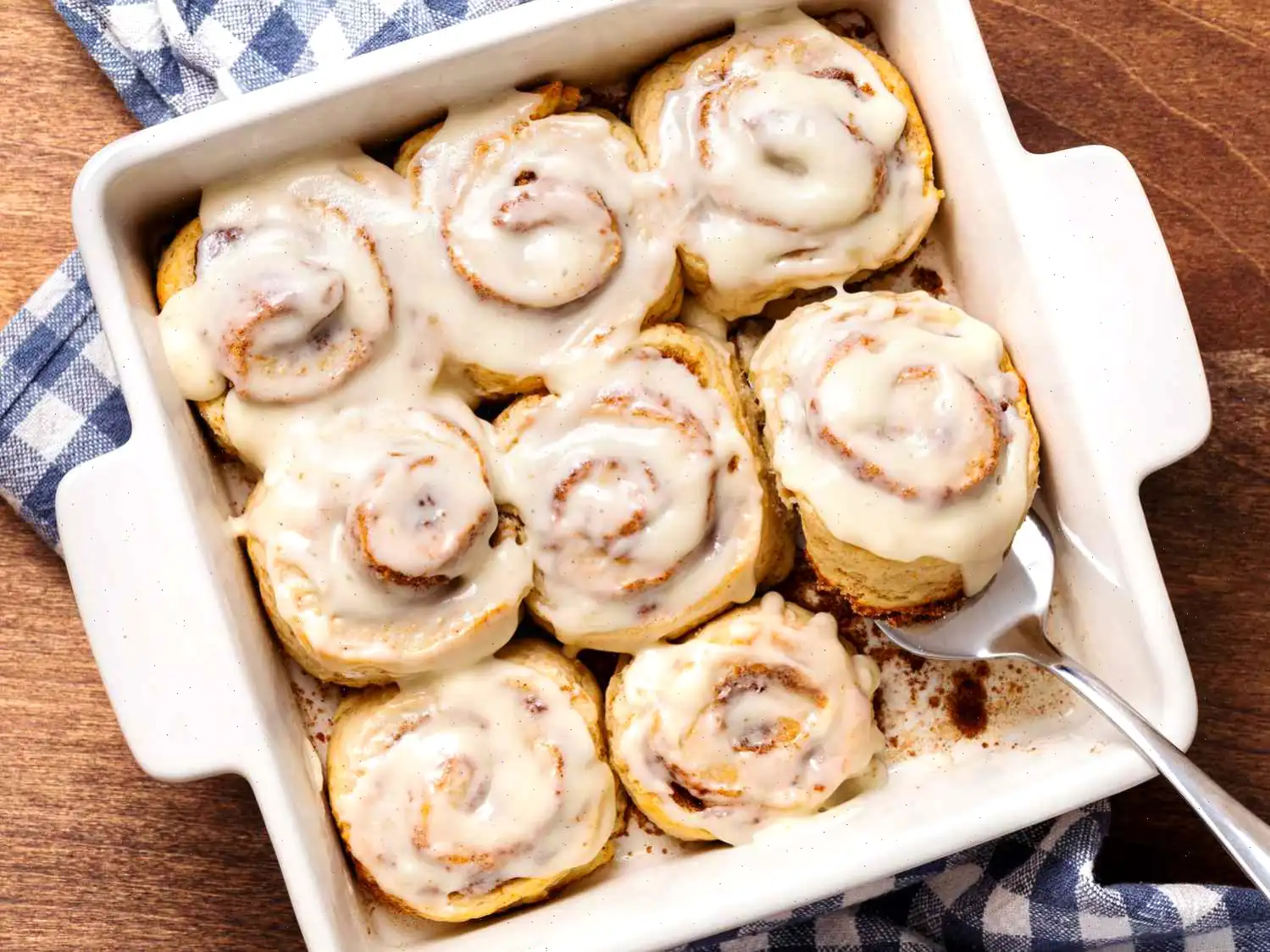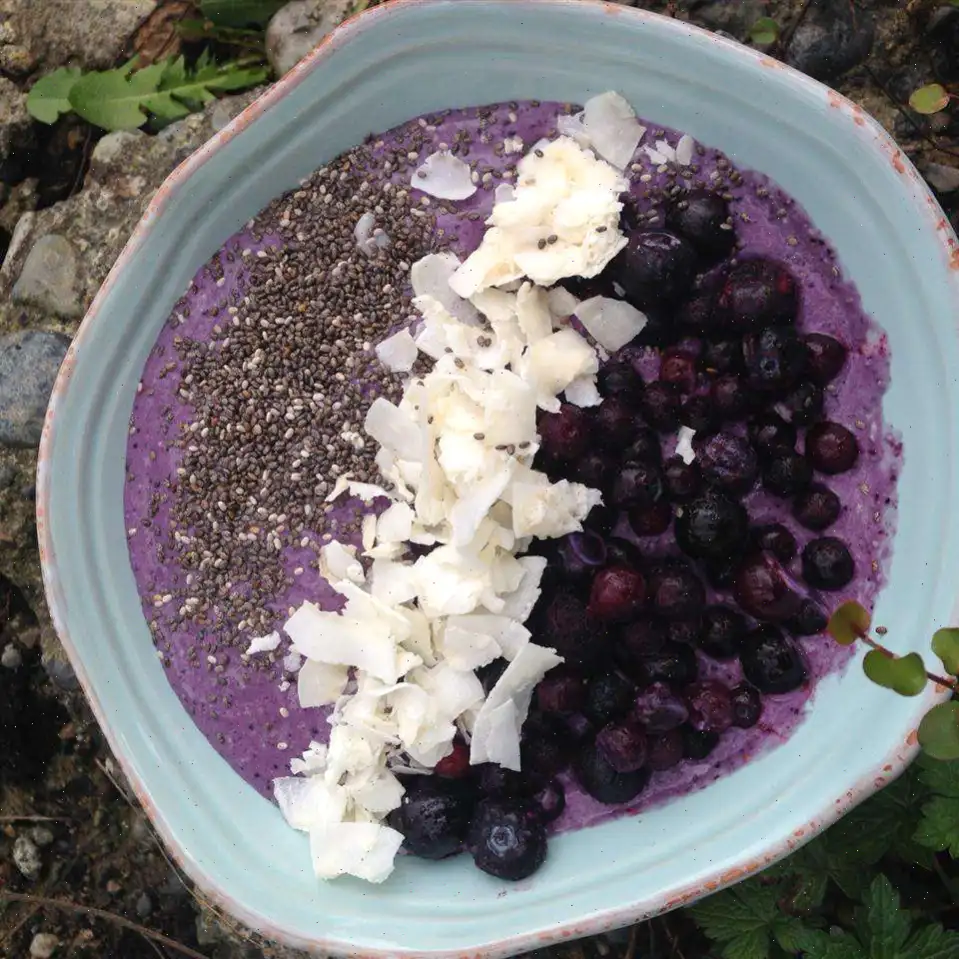
How to Make Cold Foam Recipe
Making cold foam at home is surprisingly easy and it tastes just like what youd get at a high-end coffee shop. This simple recipe will help you prepare the perfect cold foam to top your iced or cold brew coffee. Here's everything you need to know:
What Is Cold Foam?
Cold foam is a frothy, milk-based topping that is added to iced or cold brew coffee. Unlike steamed foam, cold foam is made by aerating milk with a frother or French press. It's light, fluffy, and adds a creamy texture without overwhelming the coffees flavor.
Ingredients for Cold Foam
- Milk: Skim milk is ideal because it froths easily and doesnt add too much fat. You can also use plant-based options like soy or oat milk, but avoid almond milk as it doesnt froth well.
- Simple Syrup: A splash of vanilla simple syrup enhances the flavor. You can either make your own (see below) or use a store-bought version like Torani.
- Coffee: The foam is typically served on top of cold brew or iced coffee.
- Spices: A sprinkle of cinnamon or nutmeg adds a delightful finishing touch to your coffee.
How to Make Cold Foam
Follow these simple steps to create cold foam at home:
- Step 1: Froth the milk and vanilla simple syrup (if using) together. Use a milk frother or French press to aerate the milk until its nice and foamy.
- Step 2: Pour the cold brew or iced coffee into a glass mug, filling it about halfway.
- Step 3: Spoon the frothy cold foam on top of the coffee.
- Step 4: Optionally, sprinkle freshly grated nutmeg or cinnamon over the top for extra flavor.
How to Make Vanilla Simple Syrup
If you prefer homemade vanilla syrup, follow these steps:
- Step 1: In a screw-top jar, combine 3 tablespoons of sugar, 3 tablespoons of water, and 1/8 teaspoon of vanilla extract.
- Step 2: Screw on the lid and shake until the sugar is dissolved.
- Step 3: Store the leftover syrup in the refrigerator. This will make enough for 20 drinks. Simply froth the syrup with your milk of choice to make cold foam.
Test Kitchen Tips
- If you dont have a frother, use a clean French press. Simply plunge the lid repeatedly to create foam.
- For the most stable foam, use skim milk. It froths faster and holds its texture better than other milk types.
- For sugar-free vanilla syrup, you can use erythritol or monkfruit sweetener. Combine 1/4 cup water and 2 tablespoons sweetener in a saucepan, simmer to dissolve, then cool and add 1/8 teaspoon vanilla extract. This syrup will work for about 10 drinks.
Ingredients (for 2 servings)
- 1/4 cup skim milk
- 1 teaspoons vanilla simple syrup (or purchased vanilla syrup)
- 2 cups cold brew coffee or iced coffee
- Freshly grated nutmeg or cinnamon (optional)
Directions
- Step 1: Gather all the ingredients.
- Step 2: In a small measuring cup, combine the milk and vanilla syrup.
- Step 3: Submerge the end of a milk frother into the milk mixture and froth for 15 to 20 seconds for skim milk (2 to 3 minutes for plant-based milk like almond or oat milk).
- Step 4: Pour the cold brew coffee into two glass mugs.
- Step 5: Spoon the cold foam over the coffee, then sprinkle with nutmeg or cinnamon if desired.
Nutrition Facts (per serving)
Calories: 13 | Fat: 0g | Carbs: 2g | Protein: 1g
Note: Nutritional values are based on a 2,000-calorie diet and may vary depending on the ingredients used.
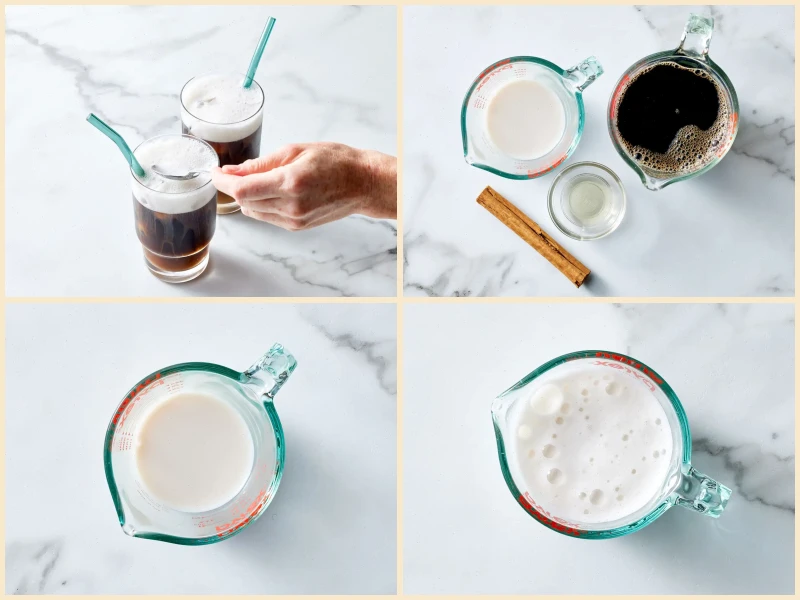

Cold foam is a delightful and frothy topping for your iced coffee or cold brew drinks, adding a creamy texture and a touch of sweetness to your beverages. In recent years, it has gained immense popularity in cafes worldwide, particularly in the United States. But what is cold foam, how did it come to be, and how is it different from similar drinks like whipped cream or steamed milk? Lets dive into its origins, regional nuances, and why it stands out as a modern coffee innovation.
History of Cold Foam
Cold foam first gained traction in the 2010s, when coffee chains like Starbucks began offering it as a topping for cold brew coffee. While cold foam itself is a relatively recent creation, its roots lie in the centuries-old tradition of frothing milk for coffee drinks. In fact, frothy milk has been a staple of many coffee recipes since the early days of espresso, where "cappuccino" (meaning "little hood" in Italian) referred to the foam atop the drink. However, the invention of cold foam was driven by a desire for a lighter, fluffier texture that could enhance iced coffee drinks without the heaviness of whipped cream.
Regional Features and Variations
Cold foam is primarily associated with American coffee culture, especially as a feature of trendy iced coffee drinks. However, other countries have developed similar frothy coffee toppings. For example, in Italy, the froth on an espresso-based drink is typically created by steaming milk, resulting in a creamy texture. In contrast, cold foam is created by aerating cold milk, typically using a milk frother or French press, which keeps the foam light and airy without requiring heat. In some parts of Europe, baristas will add flavored syrups or spices like cinnamon to their cold foam to create a unique twist, reflecting regional preferences for flavoring coffee beverages.
How Cold Foam Differs from Similar Drinks
Cold foam is often confused with other types of frothy milk toppings, such as whipped cream and steamed milk. However, there are several key differences:
- Cold foam vs. whipped cream: While both are fluffy and creamy, whipped cream is made by beating heavy cream, which gives it a rich, dense texture. Cold foam, on the other hand, is made from low-fat milk or plant-based alternatives like oat milk and is much lighter in texture.
- Cold foam vs. steamed milk: Steamed milk is heated to a temperature that allows the proteins and fats to bond, creating a velvety foam that is perfect for lattes and cappuccinos. Cold foam, by contrast, is made by simply frothing cold milk, resulting in a frothy, airy topping that does not contain the heat of steamed milk.
Where Is Cold Foam Usually Served?
Cold foam is most commonly served at coffee shops, particularly in iced coffee or cold brew beverages. It has become a staple of trendy coffee chains in the United States, where it is used to create signature drinks like the Cold Foam Cold Brew. Its also frequently used in various iced lattes, cappuccinos, and macchiatos, where the light foam enhances the drinks texture and flavor. In some cafes, cold foam is offered in a variety of flavors, from classic vanilla to more exotic infusions like lavender or caramel.
Interesting Facts About Cold Foam
Cold foam has gained a cult following among coffee lovers, and its rise in popularity has led to some interesting facts:
- Cold foam is a great alternative for people who enjoy the creaminess of whipped cream but prefer a lighter, dairy-free option.
- Although it may seem like a new invention, the technique for frothing milk without heating it has been around since the 1950s, with devices like the French press being used to create foamy milk for coffee.
- Cold foam is also highly customizable you can add flavorings, such as syrups or spices, to create unique drinks. Vanilla and cinnamon are common choices, but some coffee aficionados experiment with everything from pumpkin spice to coconut.
Conclusion
Cold foam is a simple yet delicious way to elevate your iced coffee drinks. Whether youre enjoying it at home or grabbing a quick coffee at your local caf, cold foam adds a creamy texture that enhances the overall drinking experience. It stands out because of its light, airy nature and versatility, making it a favorite among those who enjoy a refreshing coffee with a creamy twist.
FAQ about How to Make Cold Foam Recipe
Comments
Nancy Johnson
09/24/2024 01:33:23 PM
I followed these instructions and my cold foam turned out absolutely perfect! Plus, I saved $5.00 by making it at home instead of going to a coffee shop!
Daniel Jones
04/20/2025 03:56:23 PM
I achieved excellent results using nonfat milk and was able to finally make use of my milk frother effectively!


